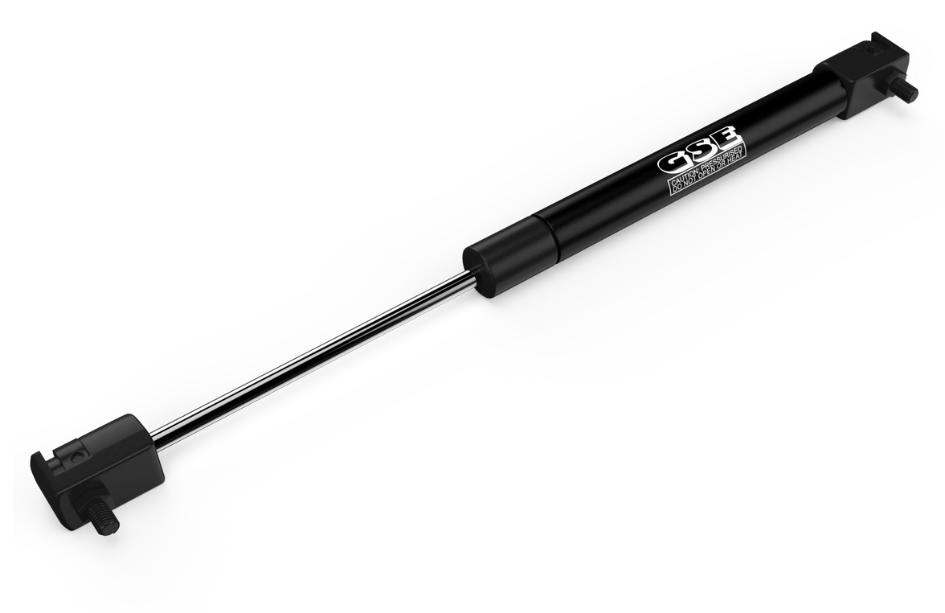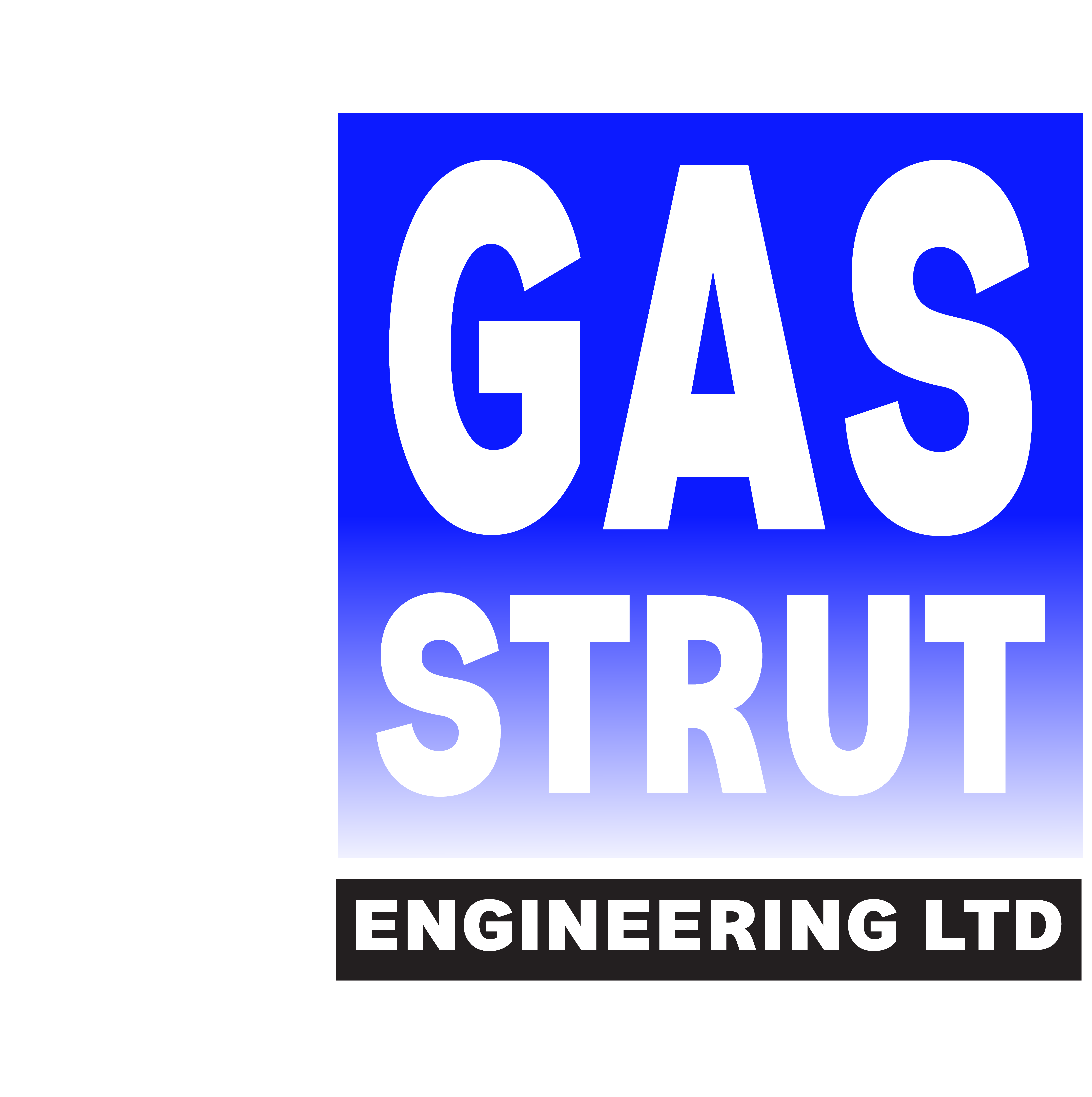If you’ve ever opened a car’s hatchback, adjusted your office chair’s height, or propped open a skylight, you’ve likely benefited from a gas strut.
Let’s delve deep into the world of gas struts, understand their function, and appreciate the convenience they offer in our daily lives.
Basics of a Gas Strut
A gas strut, often referred to as a gas spring or gas shock, is a mechanical device that uses the principles of pneumatics to produce linear force.
Within its sealed cylinder, it contains compressed gas (often nitrogen) which exerts a force against a piston, enabling the strut to support, lift, or adjust objects.

Applications and Uses
Gas struts are omnipresent, even if we don’t always notice them. Some common applications include:
- Automotive Industry: Gas struts are integral to the smooth functioning of car bonnets, hatchbacks, and tailgates, ensuring they open and close with ease.
- Furniture: They provide seamless adjustments in recliners, beds, and office chairs, enabling users to set their desired positions.
- Industrial Equipment: Gas struts are critical in machinery, ensuring safety by holding heavy components in place and facilitating controlled movements.
- Aerospace: In aircraft, they’re vital for tasks such as maintaining compartment doors’ positions or adjusting passenger seats.
Benefits of Gas Struts
1. Durability and Longevity: Manufactured with robust materials, these components are designed to endure significant pressures and loads. Proper maintenance can make them last for years.
2. Controlled Movement: Gas struts offer a smooth, dampened motion. This controlled movement ensures safety, especially in scenarios where a sudden movement could be hazardous.
3. Versatility: Their varied sizes and forces make them suitable for numerous applications across industries.
4. Compactness: They are often used in scenarios where traditional mechanical springs would be too bulky.
Factors to Consider When Choosing a Gas Strut
- Force: This refers to the amount of energy or pressure a gas strut can exert. It’s crucial to select a strut that provides the right force for your specific application.
- Size: Gas struts come in various sizes, so it’s essential to select one that fits the intended space.
- Material: Depending on where it will be used, materials resistant to elements like corrosion might be necessary.
- Stroke Length: This denotes how far the piston inside the strut can move. Ensure the stroke length is adequate for your needs.
Gas struts, although seemingly simple, are paramount in many of the conveniences and safety features we encounter daily.
Whether you’re an engineer, a DIY enthusiast, or someone curious about the mechanics of everyday items, understanding gas struts can offer a new appreciation for the designs that enhance our lives.
